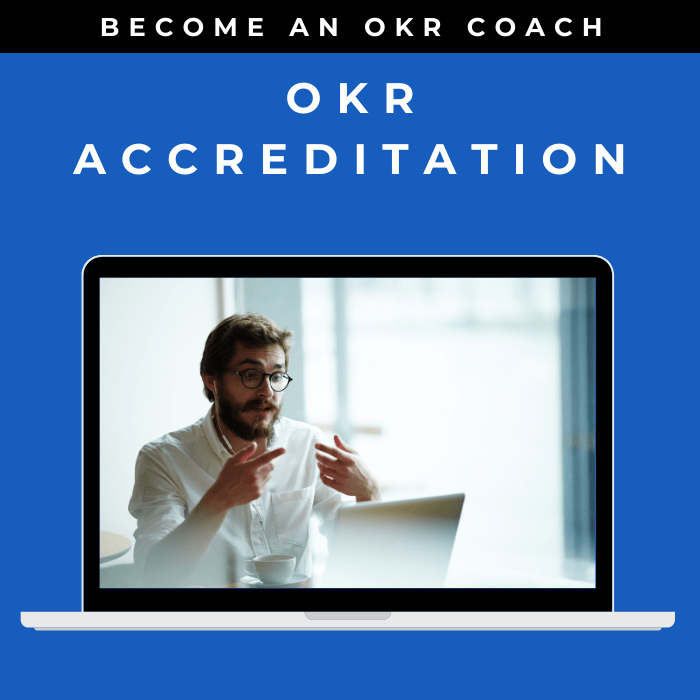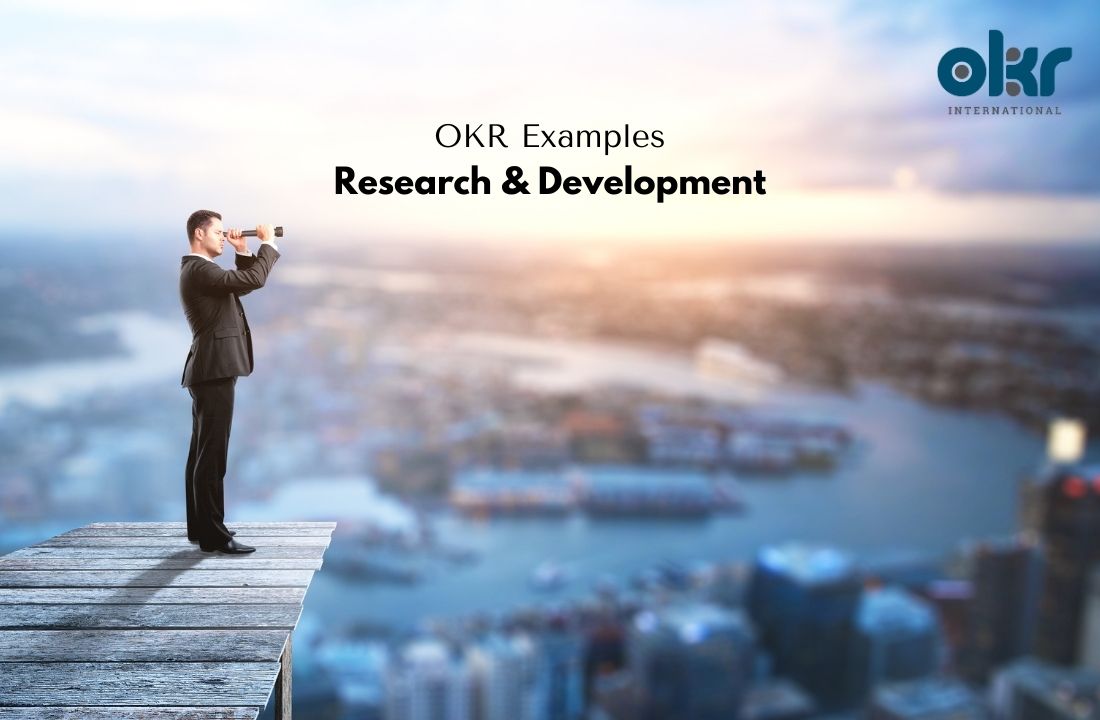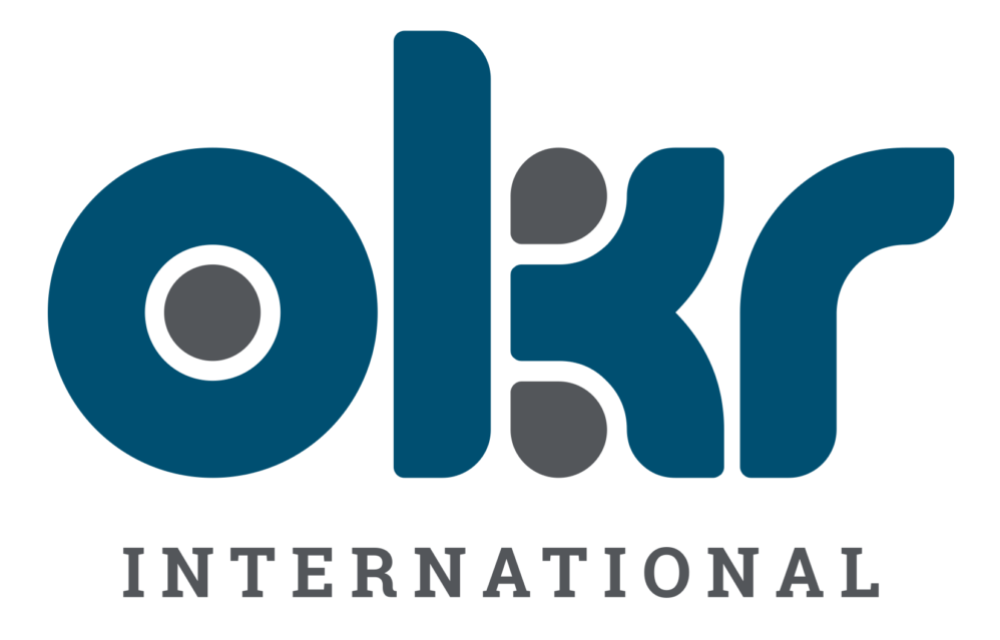10 Remarkable OKR Examples in Research & Development
Research and Development (R&D) is a crucial function for organizations aiming to innovate and stay ahead in competitive markets. Objectives and Key Results (OKRs) can provide a structured framework to drive performance and success in R&D initiatives. Here are ten remarkable OKR examples in Research & Development:
1. Accelerating Product Innovation
Objective: Drive the development of new and innovative products.
Key Results:
- Launch 5 new products or product features within the next year.
- Increase the percentage of revenue generated from new products by 10%.
- Obtain 3 patents or intellectual property registrations.
2. Improving Research Efficiency
Objective: Enhance the efficiency and effectiveness of the research process.
Key Results:
- Reduce the average time required to bring a new concept from ideation to prototype by 20%.
- Increase the success rate of research projects, measured by 70% of projects meeting predefined milestones.
- Implement a research collaboration platform and achieve 40% adoption rate.
3. Strengthening Intellectual Property Strategy
Objective: Protect and leverage intellectual property assets effectively.
Key Results:
- Conduct 1 comprehensive intellectual property audit and identify 5 opportunities for IP portfolio optimization.
- Increase the number of licensing or partnership agreements based on intellectual property assets by 30%.
- Achieve a 20% reduction in intellectual property infringement incidents.
4. Enhancing Cross-Functional Collaboration
Objective: Foster collaboration between R&D and other departments or teams.
Key Results:
- Implement cross-functional projects or initiatives involving R&D and at least 3 other departments.
- Conduct regular knowledge-sharing sessions between R&D and other teams, resulting in 60% increase in cross-functional understanding.
- Achieve a 70% improvement in the integration of customer feedback into the R&D process.
5. Increasing Research Funding
Objective: Secure additional funding for research and development activities.
Key Results:
- Obtain $1000 of funding from external sources, such as grants, partnerships, or investments.
- Increase the success rate of research funding applications by 80%.
- Develop a strategy for diversifying funding sources and implement 10 initiatives within the next year.
6. Enhancing Product Testing and Validation
Objective: Improve the rigor and effectiveness of product testing and validation processes.
Key Results:
- Implement standardized testing protocols for 100% of new products or major product revisions.
- Achieve a customer satisfaction rating of 9 based on product quality and performance.
- Reduce the number of product recalls or quality incidents by 60%.
7. Enhancing Research Collaboration with External Partners
Objective: Strengthen collaborative partnerships with external research organizations or institutions.
Key Results:
- Establish 7 strategic partnerships or collaborations with external research entities.
- Increase the number of joint research publications or patents by 50%.
- Implement 1 process for evaluating and selecting 7 external research partners based on predefined criteria.
8. Driving Technology Transfer and Commercialization
Objective: Facilitate the transfer of R&D outputs into commercial products or processes.
Key Results:
- Develop 3 technology transfer projects resulting in successful commercialization.
- Increase the percentage of revenue generated from technology transfer projects by 15%.
- Implement 1 process for assessing the commercial viability of R&D projects at predefined milestones.
9. Enhancing R&D Talent Development
Objective: Foster the growth and development of R&D professionals.
Key Results:
- Implement 1 mentorship program for R&D team members by the next quarter.
- Provide training on emerging research methodologies or technologies to 90% of the team within the next year.
- Achieve a 85% employee satisfaction rate with career development initiatives within the next six months.
10. Improving R&D Project Management
Objective: Enhance project management practices to ensure timely and successful project completion.
Key Results:
- Implement a standardized project management framework for 100% of R&D projects.
- Improve project delivery time by 20% compared to the previous year.
- Achieve a 30% reduction in project overruns or delays.
By adopting these OKR examples in Research & Development, organizations can drive innovation, improve research efficiency, protect intellectual property, foster collaboration, secure funding, and develop R&D talent. These strategic objectives and key results provide a roadmap for organizations seeking to excel in their R&D function and drive long-term success.

When looking to set OKRs, it’s natural to want examples to ignite the thought process or simply compare yours to OKR Examples. Check out our compendium of OKR Examples here.
Explore Our Range of Services
Bring OKRs (Objectives and Key Results) to your organisation with our tried & tested OKR Framework.


OKR International’s highly acclaimed Certified OKR Practitioner Program is the first and only OKR accreditation endorsed by ICF & HRCI for continuing education units.
OKR International helps leaders create the alignment, engagement and result orientation needed for growth by offering OKR Advisory services.




